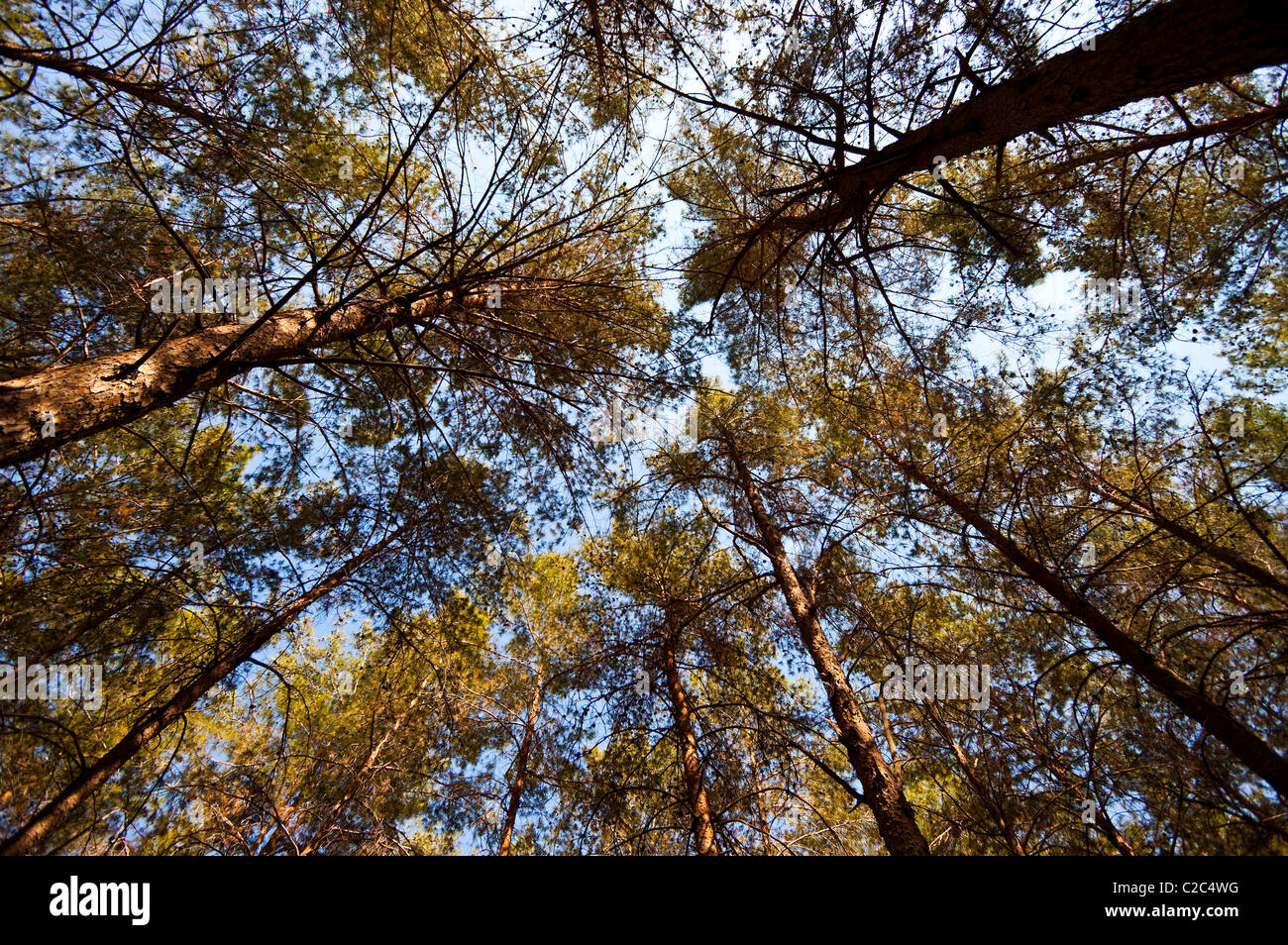


It has an ethereal presence in winter, when its bare limbs reveal delicate clusters of long, male cones. Unique among them, Metasequoia is deciduous. Yet it is the shortest of the three redwood conifers, reaching half the height of its Cupressaceae family cousins growing in California and Oregon-the coast redwood (Sequoia sempervirens) and giant sequoia (Sequoiadendron giganteum). “It is the biggest, strongest, straightest tree for many days of travel,” a Sichuan villager told a visitor in March 1948. At an average 100 feet high, Metasequoia is imposing next to the chestnut, oak, and maple trees with which it was found to coexist in China. That same tree was reportedly the first of its provenance in the Western Hemisphere to produce cones, in 1952. Hoyt’s signature tree is one of six Metasequoia grown on its grounds from seed originating from the 1940s China find. I first learned about the tree and its discovery while doing research for a visitor center display at Hoyt Arboretum in Portland, Oregon, where I am a volunteer writer, tour guide, and herbarium specimen mounter. Chaney of the University of California, Berkeley, in 1948. Its live discovery led scientists to reexamine the redwood fossils collected to date in North America and Asia that had been called Sequoia but were, in fact, Metasequoia, wrote the paleobotanist Ralph W. When uncovered, live, in a remote corner of Si-chuan Province in the 1940s, the tree was thought to be as extinct as the dinosaurs with which it once co-inhabited the earth. It was “perhaps the most abundant tree in many North American forests 50 million years ago,” says Peter Raven, Honorary ASLA, the president emeritus of the Missouri Botanical Garden. Its fossils are so common in eastern Oregon that in 2005, legislators made the tree the state fossil. Metasequoia has long been found in fossil form across the Northern Hemisphere from North America to Russia to Japan.

The tree’s easy cultivation in temperate climates around the globe contrasts with its increasing rarity in wild form in China, where its habitat is in decline. They can be seen in Chile, Japan, England, and Zimbabwe. A million dawn redwoods line either side of a 30-mile-long avenue in the city of Pizhou, in Jiangsu Province.

Metasequoia dots cemeteries in Cambridge, Massachusetts, and Louisville, Kentucky. Its discovery captivated the world, especially the American public, and made possible the myriad dawn redwoods we see today in cities, parks, and campuses on nearly every continent.
Metasequoia camera movement series#
A rotting heap of nature, to most eyes.īut Ma had spent years finding the pile-the lone survivor of a lost series of specimens that, in 1940s China, led to the botanical find of a century: a living fossil we now call Metasequoia glyptostroboides, or dawn redwood. At the bottom of a cabinet in a dark, moist, long-abandoned herbarium in Nanjing, perched unprotected on top of the conifer specimens, lay a barely intact cluster of twigs and needles. On a clear August day in 2002, Ma Jinshuang, a botanist, struck gold. The 1940s discovery in China of the dawn redwood, a living fossil, remains in shadows cast by war, political upheaval, and scholarly intrigue.


 0 kommentar(er)
0 kommentar(er)
